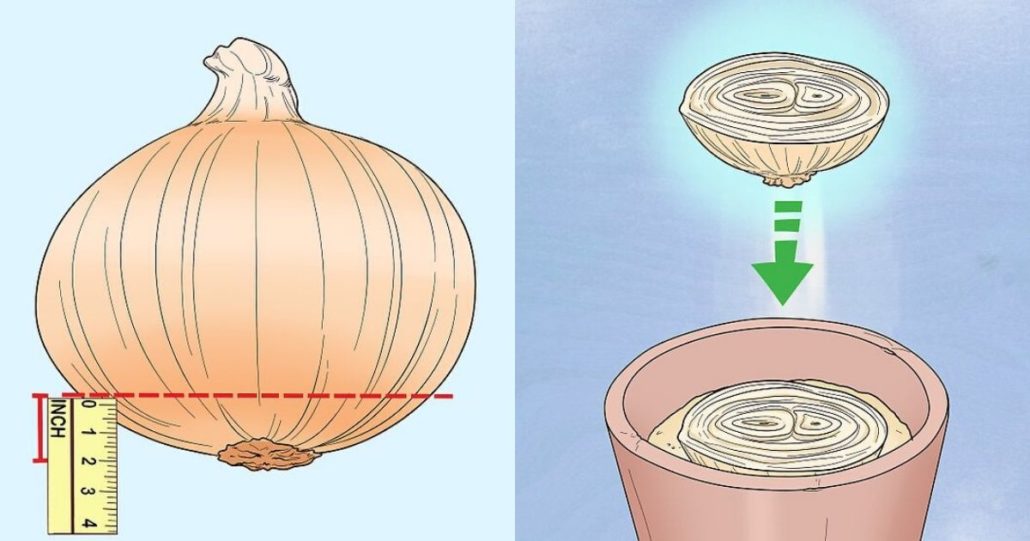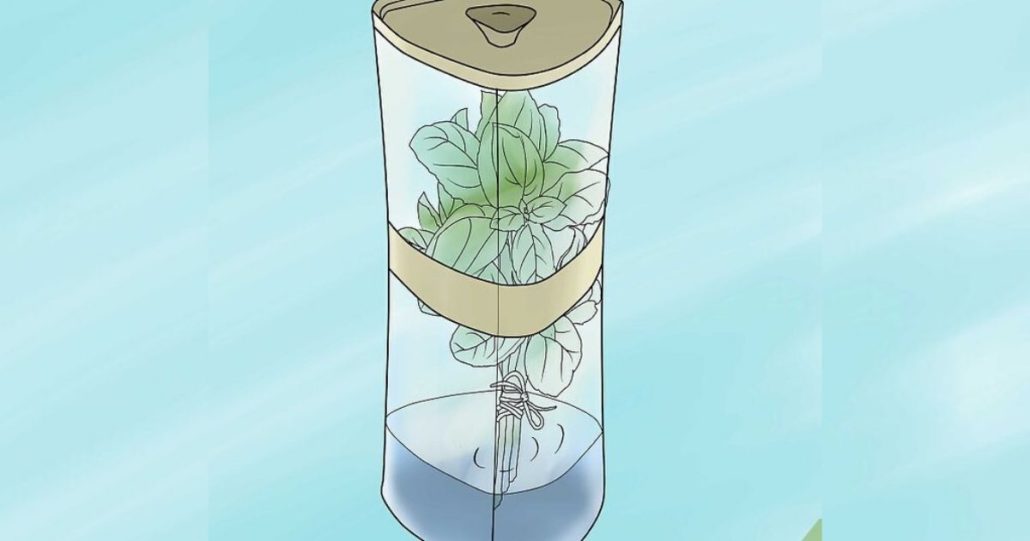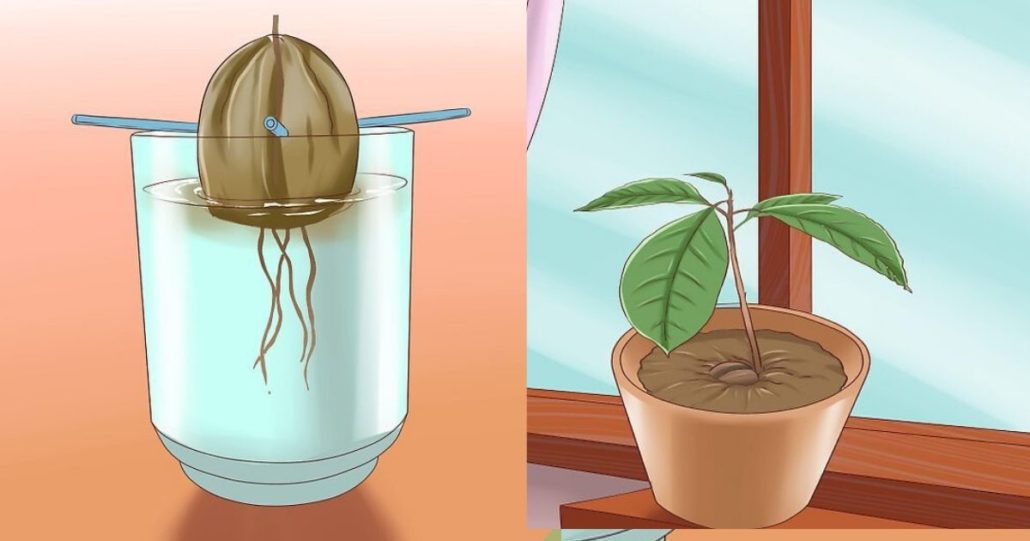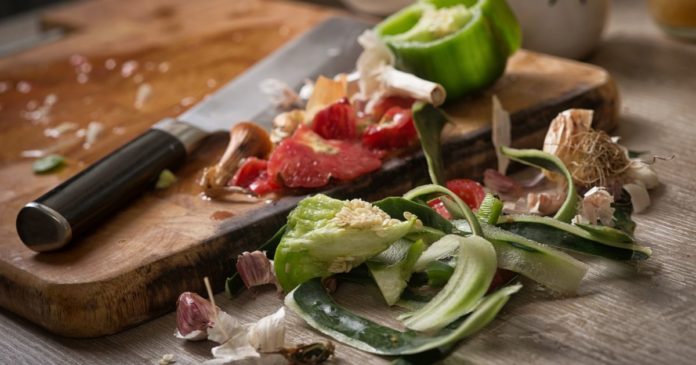As Covid-19 sweeps every nation with sudden and drastic changes to the way we consume and get our supplies, one activity that is surging in popularity is the regrowing of food from scraps. Growing small amounts of food in your home is a great way to utilise organic waste, helps you save money, and can really add a spark of freshness to whatever you decide to cook.
Growing food at home saves money and improves the environment and aesthetics of your space in an inexpensive, natural way. Plants and herbs literally make our minds feel better.
Moreover, according to PSECU, not only is growing your own food cheaper, but it’s also much healthier!
First, we’ll lay out some information on what and what not to do/ lookout for. Then, we’ll move on to some easy and sure-fire procedures of growing great vegetables.
Do you have potato blood in your veins? Let’s find out!
Is it cheaper to grow your own fruits and vegetables?
If you aim for a low-cost lifestyle, regrowing food from scraps is definitely one way of saving some cash. You may have to make the initial investment at first for some pots and fertilizer, but in the long-run, you’ll be saving quite a fair sum of cash. If you regrow food this way, and follow our guided instructions, it’ll be unlikely that you run out any time soon!
What you will need to regrow food:
- Food scraps
- Glass cup (in most cases)
- A pot – price starting from €16 at sherriesestates.com
- Soil – priced from € 6.90 – € 11.90 at sherriesestates.com
So simple!
Best Vegetables to save money:
Saving money is great, but you want to find vegetables that will actually be worth growing yourself. For example, strawberries are not the best fruits to grow yourself because they take way too long to sprout, and something can easily go wrong during fertilization.
Here are some easy fruits and vegetables that you can regrow from leftovers:
1. Onions
You can use the root of the onion (the very bottom which is usually discarded) to produce a new onion plant. Take the root and insert it facing down into a pot full of soil.

Next, make sure it’s fully covered in more soil, and water. Harvest onions when green tops have yellowed and fallen off.
2. Romaine Lettuce
When you cut off the root of your lettuce, don’t toss it out. Place it in half a glass of water, bottom down.
Place on a window sill or under grow lights. Change water in bowl every 1 to 2 days.

Leaves will form in 5-7 days. Move it to soil, and harvest when leaves are 6-8 inches tall.

Note: If you leave your lettuce in the water glass beyond the time indicated above, it will become spindly and bitter – not pleasant to eat at all.
Struggling to preserve your leafy greens? Here’s a guide to storing different kinds of foods.
3. Scallions (Green Onions)
You never need them till you need them. Scallions are a great way to brighten up any dish. Here’s how you can grow your own at home.
Like the Romain Lettuce, don’t throw away the roots. Place them into a glass with enough water to just cover the roots (about a centimetre). Replace the water every 2 days. You could move the scallions to soil after 5-7 days, or you could just leave them in the water.
You could then start cutting off the green tips, and leave the white roots in the glass. What will happen is your scallions will then begin to re-sprout and give you a glorious bounty of green onion. Buy them once, eat them forever.

4. Basil and Mint
Snip off one of the leaves along with its stem that’s around 3 inches (7.5cm) long. Place a few of these in a glass filled with around a centimetre of water.
You could use this as a flower arrangement while you wait for the roots to grow! We mentioned in our article on storing food and preventing waste that herbs thrive in water, whereas other foods don’t. Click the link to see which foods you should keep away from moisture to keep them fresh.
It’s very important that you keep the water you store the herbs in clean, and change it daily. Roots should start to appear after 2-3 weeks. You’ll be able to transfer them to soil when roots grow to 2 inches (5cm) in length.

And there you have it. Year-round Basil and Mint!
5. Tomatoes
According to Youtuber, Project Diaries, Tomatoes are great starter produce to regrow for beginners. [Note: There are some tomato seeds which are called Determinant and Indeterminant. Indeterminant means they’ll grow completely throughout the year, and Determinant means that a particular batch will use their energy to produce one excellent harvest. Unfortunately, if you’re growing your tomatoes from scraps, there is no way of telling which is which).
After chopping some tomatoes, clean the seeds and soak them in water for a few days. Bring your soil pot over (you can use a multi-purpose compost) and poke a hole in the middle about half and inch deep for your seeds to go into.
Once you’ve got the seeds in the holes, you just need to gently press the compost over them. Be sure not to be too heavy-handed. If the seed finds too much resistance, it won’t grow.
Keep them in a warm environment and moist at all times.
6. Avocado
Here’s a real fan favourite! Avocados are very interesting food to regrow from scraps!
Needless to say they’ve taken over the food world. It would be fantastic if we could just pick one from our back yard or balcony whenever we feel like. This creamy fruit is very easy to grow. Avocados usually take 1-2 weeks to sprout, but don’t let this fool you. The rest of the plant takes about 10 – 12 years to fully form.
For this, you’ll need:
- An Avocado seed
- A glass of water
- Some toothpicks
(i) Take the seed and insert about four toothpicks around it.
(ii) Then place your contraption looking avocado seed in a glass of water. You want a medium-sized glass and fill it up to the point where 80% of your seed will be covered. The toothpicks are there to make sure your seed isn’t fully submerged.
(iii) Plant in potting soil when stem and roots emerge.

As you can see, regrowing food from scraps isn’t so intimidating as we may think. It’s actually quite satisfying, and has tons of benefits!
While you’re here, you may also check out this article we published about edibles plants you can grow that can survive (and thrive) in Malta.
There are of course other vegetables which you can grow from home. Including all variants would make this article never-ending, but if you want to find out what other foods you can regrow, check out this video below:














